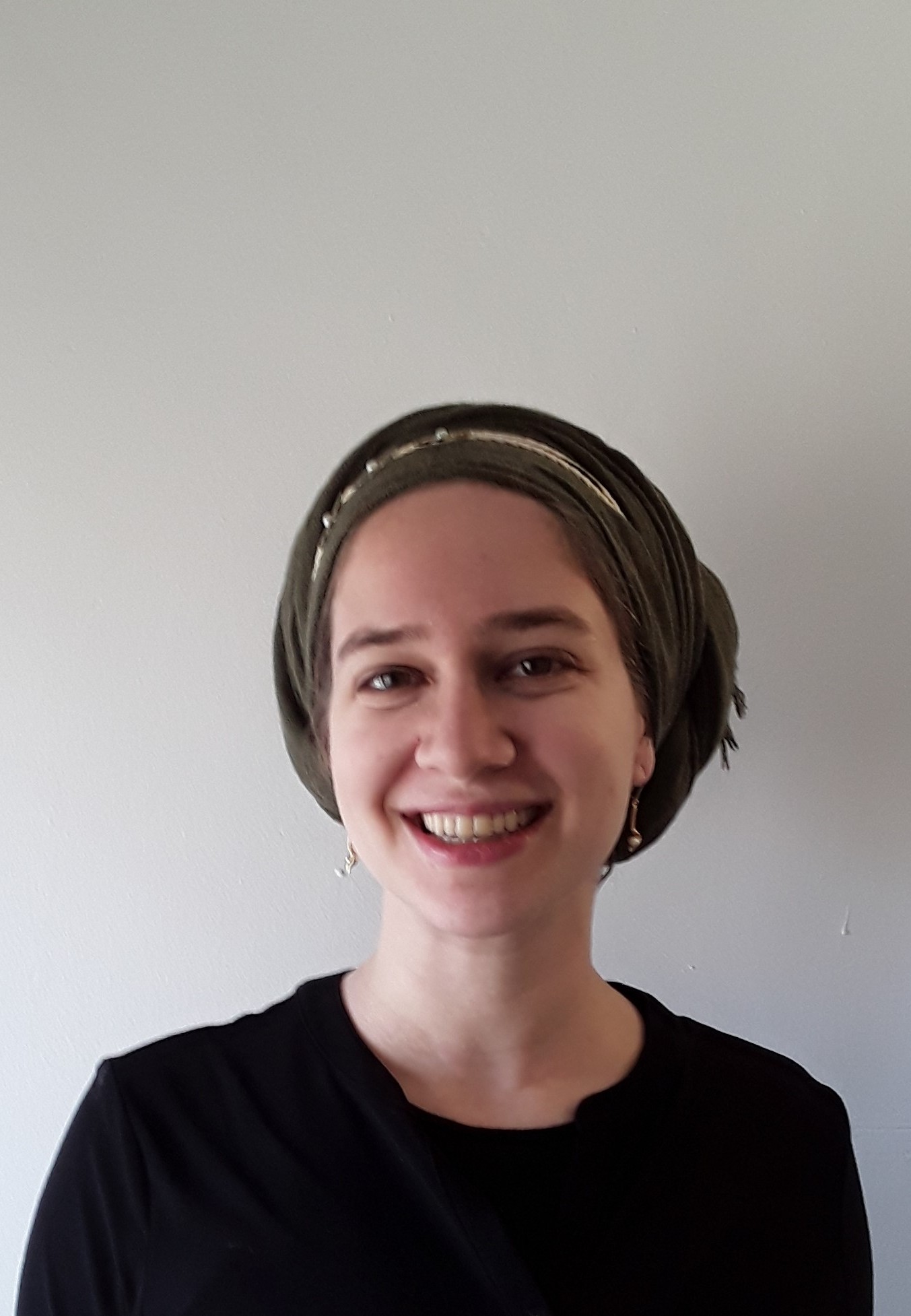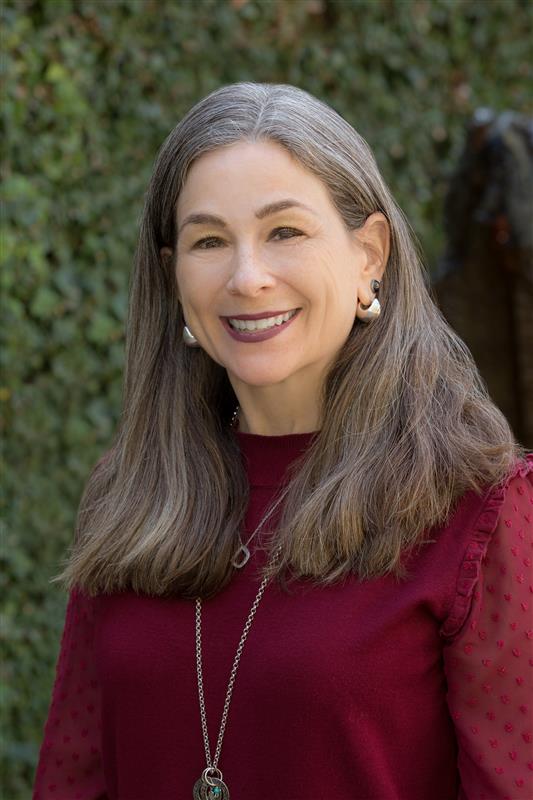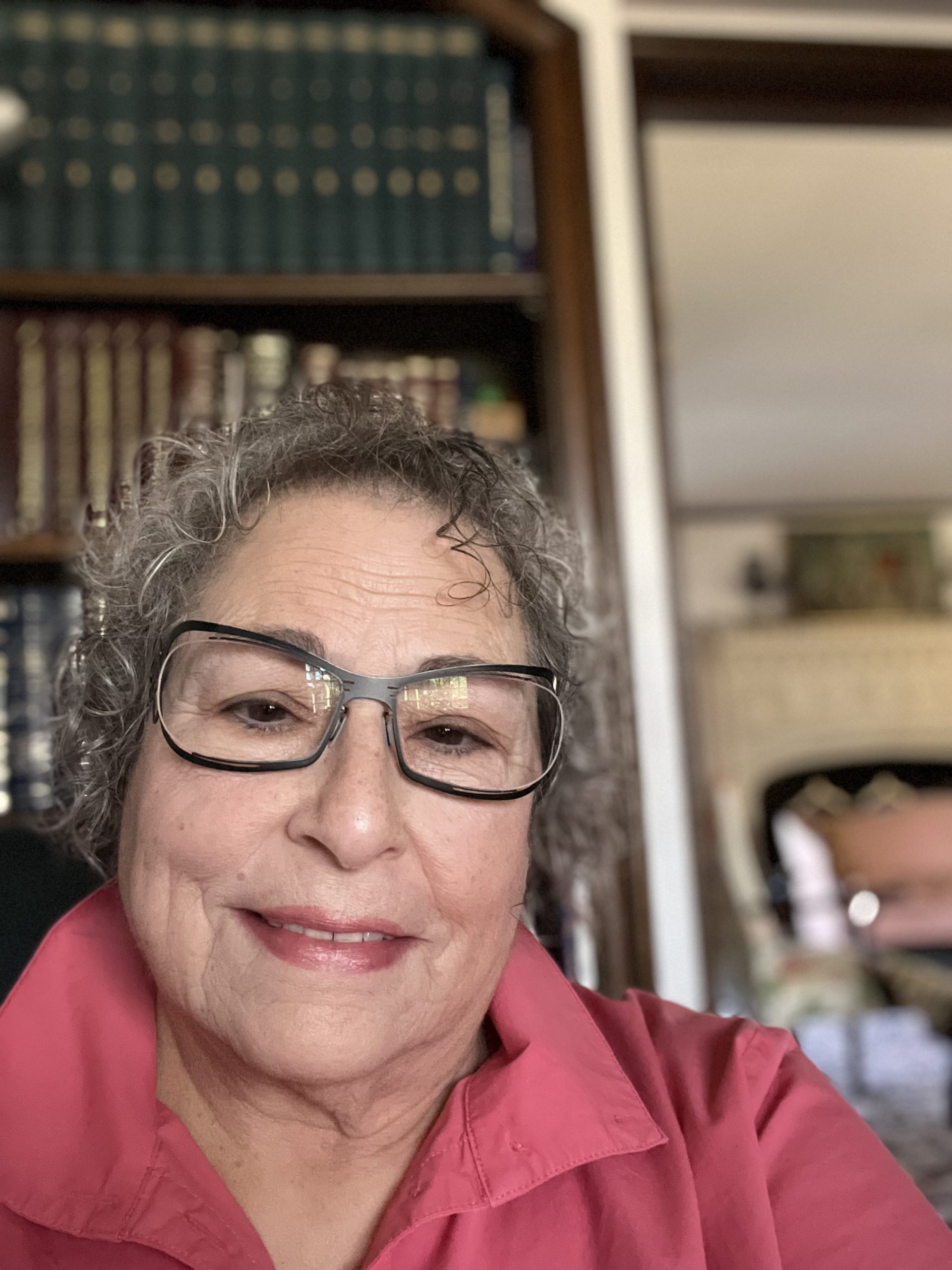Makkot 4
חָסֵר קוּרְטוֹב, שֶׁנָּפַל לְתוֹכָן קוּרְטוֹב יַיִן, וּמַרְאֵיהֶן כְּמַרְאֵה יַיִן, וְנָפְלוּ לַמִּקְוֶה – לֹא פְּסָלוּהוּ. וְכֵן שְׁלֹשָׁה לוּגִּין מַיִם חָסֵר קוּרְטוֹב, שֶׁנָּפַל לְתוֹכָן קוּרְטוֹב חָלָב, וּמַרְאֵיהֶן כְּמַרְאֵה מַיִם, וְנָפְלוּ לַמִּקְוֶה – לֹא פְּסָלוּהוּ.
less one kortov or any small measure of water, into which a kortov of wine fell, increasing the measure of liquid to a total of three log, and the appearance of those three log is like the appearance of wine; and then those three log fell into a ritual bath, completing its requisite forty se’a, it did not invalidate the ritual bath, because three log of drawn water invalidate the ritual bath, and less than that measure of water fell into the ritual bath. And likewise, in a case where there are three log of drawn water less one kortov into which a kortov of milk fell and the appearance of those three log is like the appearance of water, and those three log fell into a ritual bath, completing its requisite forty se’a, it did not invalidate the ritual bath, because in this case too, less than three log of drawn water fell into the ritual bath.
רַבִּי יוֹחָנָן בֶּן נוּרִי אוֹמֵר: הַכֹּל הוֹלֵךְ אַחַר הַמַּרְאֶה.
Rabbi Yoḥanan ben Nuri says: Everything follows the appearance of those three log. Therefore, if it has the appearance of wine it does not invalidate the ritual bath; if it has the appearance of water it invalidates the ritual bath. Perhaps Rav Yehuda says that Rav says that the mixture of water and wine does not invalidate the ritual bath because he holds in accordance with the opinion of Rabbi Yoḥanan ben Nuri that everything follows the appearance. Rabbi Ḥiyya holds in accordance with the opinion of the first tanna that the amount of drawn water is the decisive factor, and therefore, regardless of its appearance, three log of water invalidates a ritual bath.
הָא מִיבַּעְיָא בָּעֵי לַהּ רַב פָּפָּא. דְּבָעֵי רַב פָּפָּא: רַב תָּנֵי: ״חָסֵר קוּרְטוֹב״ בְּרֵישָׁא, אֲבָל שְׁלֹשָׁה לוּגִּין, לְתַנָּא קַמָּא פָּסְלִי, וַאֲתָא רַבִּי יוֹחָנָן לְמֵימַר: הַכֹּל הוֹלֵךְ אַחַר הַמַּרְאֶה, וְרַב אוֹמֵר כְּרַבִּי יוֹחָנָן בֶּן נוּרִי.
The Gemara asks: Wasn’t this matter already raised as a dilemma by Rav Pappa? As Rav Pappa raised a dilemma: There are two ways to explain the mishna. One is that Rav teaches: In a case where there are three log of drawn water less one kortov, in the first clause. But in a case where there are three complete log of water, according to the first tanna, it invalidates the ritual bath even if its appearance is that of wine. And Rabbi Yoḥanan ben Nuri comes to say: Everything follows the appearance, meaning that even in that case, if its appearance is that of wine it does not invalidate the ritual bath. And if that is the dispute, Rav states his opinion in accordance with the opinion of Rabbi Yoḥanan ben Nuri.
אוֹ דִּלְמָא רַב לָא תָּנֵי: ״חָסֵר קוּרְטוֹב״ בְּרֵישָׁא, וְרַבִּי יוֹחָנָן בֶּן נוּרִי – כִּי פְּלִיג, אַסֵּיפָא הוּא דִּפְלִיג,
Or perhaps Rav did not teach: In a case where there are three log of drawn water less one kortov, in the first clause of the mishna; rather, he taught: In a case where there are three complete log of water into which a kortov of wine fell. According to this version of the mishna, even the first tanna agrees that if its appearance is that of wine it does not invalidate the ritual bath. And when Rabbi Yoḥanan ben Nuri disagrees, it is only with regard to the latter clause that he disagrees, in the case of three log of drawn water less one kortov into which a kortov of milk fell and the appearance of those three log is like the appearance of water. The first tanna holds that in order to invalidate a ritual bath two criteria must be fulfilled: There must be three log of water and its appearance must be that of water. In this case there is less than three log of water. Rabbi Yoḥanan ben Nuri holds that there is only one criterion, appearance. Therefore, in the case of milk, the ritual bath is invalidated.
וְרַב דְּאָמַר – כְּדִבְרֵי הַכֹּל?
And according to this latter rendering of the dispute, Rav states his opinion in accordance with the opinion of everyone. Why then does Rava state: This statement of Rav is in accordance with the opinion of Rabbi Yoḥanan ben Nuri?
לְרַב פָּפָּא מִיבַּעְיָא לֵיהּ, לְרָבָא פְּשִׁיטָא לֵיהּ.
The Gemara answers: This is not difficult, as although for Rav Pappa there is a dilemma how to interpret the mishna, for Rava it is obvious.
אָמַר רַב יוֹסֵף: לָא שְׁמִיעָא לִי הָא שְׁמַעְתָּא. אֲמַר לֵיהּ אַבָּיֵי: אַתְּ אֲמַרְתְּ לַהּ נִיהֲלַן, וְהָכִי אֲמַרְתְּ נִיהֲלַן, דְּרַב לָא תָּנֵי ״חָסֵר קוּרְטוֹב״ בְּרֵישָׁא, וְרַבִּי יוֹחָנָן אַסֵּיפָא פְּלִיג, וְרַב דְּאָמַר כְּדִבְרֵי הַכֹּל.
Apropos this discussion, the Gemara relates that Rav Yosef said: I did not hear this halakha with regard to the dilemma whether the first clause of the mishna includes the phrase: Less one kortov. Abaye said to him: You said it to us, but you forgot due to your illness. And this is what you said to us: Rav did not teach: Less one kortov, in the first clause of the mishna, and Rabbi Yoḥanan ben Nuri disagrees only with regard to the latter clause, and it is Rav who states his opinion in accordance with the opinion of everyone.
וְאָמַר רַב יְהוּדָה אָמַר רַב: חָבִית מְלֵיאָה מַיִם שֶׁנָּפְלָה לַיָּם הַגָּדוֹל, הַטּוֹבֵל שָׁם – לֹא עָלְתָה לוֹ טְבִילָה. חָיְישִׁינַן לִשְׁלֹשָׁה לוּגִּין שֶׁלֹּא יְהוּ בְּמָקוֹם אֶחָד. וְדַוְקָא לַיָּם הַגָּדוֹל, דְּקָאֵי וְקָיְימָא, אֲבָל נַהֲרָא בְּעָלְמָא – לָא.
§ And Rav Yehuda says that Rav says: In the case of a barrel full of drawn water that fell into the Mediterranean Sea, concerning one who immerses there in the spot where the water fell, the immersion did not effect his purification, because we are concerned that three log of drawn water should not be collected in one place, in the place where he immerses. The Gemara qualifies this halakha: And this applies specifically to the Mediterranean Sea, whose waters are largely stagnant. But in the case of a standard river, whose waters flow, no, this halakha does not apply, as the water from the barrel will immediately intermingle with the river water.
תַּנְיָא נָמֵי הָכִי: חָבִית מְלֵיאָה יַיִן שֶׁנָּפְלָה לַיָּם הַגָּדוֹל, הַטּוֹבֵל שָׁם – לֹא עָלְתָה לוֹ טְבִילָה. חָיְישִׁינַן לִשְׁלֹשָׁה לוּגִּין שְׁאוּבִין שֶׁלֹּא יְהוּ בְּמָקוֹם אֶחָד. וְכֵן כִּכָּר שֶׁל תְּרוּמָה שֶׁנָּפַל שָׁם – טָמֵא.
The Gemara notes: This is also taught in a baraita: In the case of a barrel full of wine that fell into the Mediterranean Sea, concerning one who immerses there, the immersion did not effect his purification, because we are concerned that three log of drawn wine that is unfit for immersion should not be collected in one place. And likewise, a loaf of teruma that fell there, where the wine fell, is impure through contact with the wine.
מַאי ״וְכֵן״? מַהוּ דְּתֵימָא, הָתָם אוֹקֵי גַּבְרָא אַחֶזְקֵיהּ, הָכָא אוֹקֵי תְּרוּמָה אַחֶזְקַהּ, קָא מַשְׁמַע לַן.
The Gemara asks: What is added by the clause introduced with the term: And likewise? If the concern is that the wine remained in one place and did not intermingle with the seawater, ostensibly that concern applies to halakhot of ritual impurity. The Gemara answers: Lest you say that there, with regard to immersion, the reason he is impure is that since there is uncertainty whether his immersion effected his purification, the principle is: Establish the person on his presumptive status of impurity. But here, in the case of a loaf of teruma, since there is uncertainty whether it was rendered impure, the principle is: Establish the teruma on its presumptive status of purity. Therefore, the tanna of the baraita teaches us that the concern that the loaf touched the wine is substantial to the extent that it prevails even over the loaf’s presumptive status of purity.
מַתְנִי׳ ״מְעִידִין אָנוּ בְּאִישׁ פְּלוֹנִי שֶׁחַיָּיב לַחֲבֵירוֹ מָאתַיִם זוּז״, וְנִמְצְאוּ זוֹמְמִין – לוֹקִין וּמְשַׁלְּמִין, שֶׁלֹּא הַשֵּׁם הַמְּבִיאָן לִידֵי מַכּוֹת מְבִיאָן לִידֵי תַּשְׁלוּמִין, דִּבְרֵי רַבִּי מֵאִיר. וַחֲכָמִים אוֹמְרִים: כׇּל הַמְשַׁלֵּם – אֵינוֹ לוֹקָה.
MISHNA: If witnesses said: We testify with regard to a man called so-and-so that he is liable to pay another person two hundred dinars, and they were found to be conspiring witnesses, they are flogged, and they pay the money they sought to render him liable to pay. Why do they receive two punishments? It is due to the fact that the source that brings them to liability to receive lashes is not the source that brings them to liability for payment; this is the statement of Rabbi Meir. And the Rabbis say: Anyone who pays as punishment for a transgression is not flogged for that same transgression.
״מְעִידִין אָנוּ בְּאִישׁ פְּלוֹנִי שֶׁהוּא חַיָּיב מַלְקוֹת אַרְבָּעִים״, וְנִמְצְאוּ זוֹמְמִין – לוֹקִין שְׁמוֹנִים, מִשּׁוּם: ״לֹא תַעֲנֶה בְרֵעֲךָ עֵד שָׁקֶר״, וּמִשּׁוּם: ״וַעֲשִׂיתֶם לוֹ כַּאֲשֶׁר זָמַם״, דִּבְרֵי רַבִּי מֵאִיר. וַחֲכָמִים אוֹמְרִים: אֵין לוֹקִין אֶלָּא אַרְבָּעִים.
Likewise, if witnesses said: We testify with regard to a man called so-and-so that he is liable to receive forty lashes, and they were discovered to be conspiring witnesses, they are flogged with eighty lashes; one set of lashes due to violation of the prohibition: “You shall not bear false witness against your neighbor” (Exodus 20:13), and one set of lashes due to the verse: “And you shall do to him as he conspired” (Deuteronomy 19:19), which is the punishment for conspiring witnesses; this is the statement of Rabbi Meir. And the Rabbis say: They are flogged with only forty lashes, due to the verse “And you shall do to him as he conspired.”
גְּמָ׳ בִּשְׁלָמָא לְרַבָּנַן. ״כְּדֵי רִשְׁעָתוֹ״ כְּתִיב, מִשּׁוּם רִשְׁעָה אַחַת אַתָּה מְחַיְּיבוֹ וְאִי אַתָּה מְחַיְּיבוֹ מִשּׁוּם שְׁתֵּי רִשְׁעָיוֹת. אֶלָּא רַבִּי מֵאִיר מַאי טַעְמָא?
GEMARA: With regard to the initial dispute between Rabbi Meir and the Rabbis in the mishna whether conspiring witnesses pay and are flogged, the Gemara asks: Granted, according to the Rabbis, the verse that states: “The judge shall cause him to lie down, and to be beaten before him, according to the measure of his wickedness” (Deuteronomy 25:2), is written concerning one who was liable to receive lashes. From “according to the measure of his wickedness” it is inferred with regard to an individual who commits one transgression: For one evildoing you can render him liable, but you cannot render him liable for two evildoings, i.e., one cannot receive two punishments for the same act. But according to Rabbi Meir, what is the reason that he is punished twice for committing a single transgression?
אָמַר עוּלָּא: גָּמַר מִמּוֹצִיא שֵׁם רַע. מָה מוֹצִיא שֵׁם רַע – לוֹקֶה וּמְשַׁלֵּם, אַף כֹּל – לוֹקֶה וּמְשַׁלֵּם. מָה לְמוֹצִיא שֵׁם רַע, שֶׁכֵּן קְנָס! סָבַר לַהּ כְּרַבִּי עֲקִיבָא, דְּאָמַר: עֵדִים זוֹמְמִין – קְנָסָא הוּא.
Ulla said: Rabbi Meir derived this halakha from the halakha concerning one who defames his wife, claiming that when he consummated the marriage he discovered that she was not a virgin: Just as the defamer is flogged and pays, as it is written: “And they shall chastise him and fine him one hundred silver coins” (Deuteronomy 22:18–19), so too, anyone who commits a transgression punishable with lashes and a monetary payment is flogged and pays. The Gemara questions this derivation: What is notable about the case of a defamer? It is notable in that the payment of the defamer is a fine, which is a fixed sum that the Torah deems him liable to pay. How can the halakha of conspiring witnesses, whose payment is monetary restitution, be derived from there? The Gemara answers: Rabbi Meir holds in accordance with the opinion of Rabbi Akiva, who says: The payment that conspiring witnesses are liable to pay is a fine.
אִיכָּא דְּמַתְנֵי לְהָא דְּעוּלָּא אַהָא דְּתַנְיָא: ״לֹא תוֹתִירוּ מִמֶּנּוּ עַד בֹּקֶר וְהַנֹּתָר מִמֶּנּוּ עַד בֹּקֶר, וְגוֹ׳״ – בָּא הַכָּתוּב לִיתֵּן עֲשֵׂה אַחַר לֹא תַעֲשֶׂה, לוֹמַר שֶׁאֵין לוֹקִין עָלָיו, דִּבְרֵי רַבִּי יְהוּדָה.
The Gemara comments: There are those who teach this statement of Ulla with regard to that which is taught in a baraita: It is stated with regard to the Paschal offering: “And you shall let nothing of it remain until morning, but that which remains of it until morning you shall burn with fire” (Exodus 12:10). The verse comes to provide a positive mitzva to burn the remains after it has taught a prohibition, which states: “You shall let nothing of it remain,” to say that one is not flogged for its violation; this is the statement of Rabbi Yehuda. This is a prohibition whose transgression entails the fulfillment of a positive mitzva, in which the mitzva serves to rectify the violation of the prohibition, and no lashes are administered.
רַבִּי עֲקִיבָא אוֹמֵר: לֹא מִן הַשֵּׁם הוּא זֶה, אֶלָּא מִשּׁוּם דְּהָוֵה לֵיהּ לָאו שֶׁאֵין בּוֹ מַעֲשֶׂה, וְכׇל לָאו שֶׁאֵין בּוֹ מַעֲשֶׂה אֵין לוֹקִין עָלָיו. מִכְּלָל דְּרַבִּי יְהוּדָה סָבַר לָאו שֶׁאֵין בּוֹ מַעֲשֶׂה לוֹקִין עָלָיו, מְנָא לֵיהּ?
Rabbi Akiva says: The fact that one is not flogged is not for that reason; rather, it is due to the fact that this prohibition: “And you shall let nothing of it remain,” is a prohibition that does not involve an action, as one violates the prohibition through failure to take action, and concerning any prohibition that does not involve an action, one is not flogged for its violation. The Gemara learns by inference that Rabbi Yehuda holds in principle with regard to a prohibition that does not involve an action, that one is flogged for its violation. From where does Rabbi Yehuda derive that one is flogged in that case?
אָמַר עוּלָּא: גָּמַר מִמּוֹצִיא שֵׁם רַע. מָה מוֹצִיא שֵׁם רַע לָאו שֶׁאֵין בּוֹ מַעֲשֶׂה – לוֹקִין עָלָיו, אַף כׇּל לָאו שֶׁאֵין בּוֹ מַעֲשֶׂה – לוֹקִין עָלָיו. מָה לְמוֹצִיא שֵׁם רַע, שֶׁכֵּן לוֹקֶה וּמְשַׁלֵּם!
Ulla said: Rabbi Yehuda derived this halakha from the defamer; just as the defamer violates a prohibition that does not involve an action, as it involves only speech, and one is flogged for its violation, so too, with regard to any prohibition that does not involve an action, one is flogged for its violation. The Gemara questions this derivation: What is notable about the case of the defamer? It is notable in that he is flogged and pays for violation of a single prohibition. Due to that stringency, other less stringent prohibitions cannot be derived from the case of the defamer.
אֶלָּא אָמַר רֵישׁ לָקִישׁ: גָּמַר מֵעֵדִים זוֹמְמִין. מָה עֵדִים זוֹמְמִין לָאו שֶׁאֵין בּוֹ מַעֲשֶׂה – לוֹקִין עָלָיו, אַף כׇּל לָאו שֶׁאֵין בּוֹ מַעֲשֶׂה – לוֹקִין עָלָיו. מָה לְעֵדִים זוֹמְמִין, שֶׁכֵּן אֵין צְרִיכִין הַתְרָאָה!
Rather, Reish Lakish says: Rabbi Yehuda derives this principle from the case of conspiring witnesses. Just as the conspiring witnesses violate a prohibition that does not involve an action and an individual is flogged for its violation, so too, with regard to any prohibition that does not involve an action, one is flogged for its violation. The Gemara questions this derivation: What is notable about the case of conspiring witnesses? It is notable in that the witnesses do not require forewarning in order to administer their punishment, which is an exception to the principle that corporal punishment may be administered only after forewarning. Due to that stringency, other less stringent prohibitions cannot be derived from the case of conspiring witnesses.
מוֹצִיא שֵׁם רַע יוֹכִיחַ. וְחָזַר הַדִּין: לֹא רְאִי זֶה כִּרְאִי זֶה, וְלֹא רְאִי זֶה כִּרְאִי זֶה. הַצַּד הַשָּׁוֶה שֶׁבָּהֶן – לָאו שֶׁאֵין בּוֹ מַעֲשֶׂה וְלוֹקִין עָלָיו, אַף כׇּל לָאו שֶׁאֵין בּוֹ מַעֲשֶׂה לוֹקִין עָלָיו.
The Gemara answers: The case of the defamer will prove that the absence of forewarning is not a significant factor, as the defamer requires forewarning and nevertheless is flogged for a prohibition that does not involve an action. And the inference has reverted to its starting point. The defining characteristic of this case is not like the defining characteristic of that case, and the defining characteristic of that case is not like the defining characteristic of this case. Their common denominator is that in both cases there is a prohibition that does not involve an action and one is flogged for its violation. So too, with regard to any prohibition that does not involve an action, one is flogged for its violation.
מָה לְהַצַּד הַשָּׁוֶה שֶׁבָּהֶן, שֶׁכֵּן קְנָס! הָא לָא קַשְׁיָא: רַבִּי יְהוּדָה לָא סָבַר לַהּ כְּרַבִּי עֲקִיבָא.
The Gemara questions this derivation: What is notable about their common denominator? They are notable in that payment in both cases is a fine, and therefore other, less stringent prohibitions cannot be derived from them. The Gemara answers: This is not difficult; Rabbi Yehuda does not hold in accordance with the opinion of Rabbi Akiva that the payment of conspiring witnesses is a fine. In his opinion, therefore, that is not a common denominator.
אֶלָּא: מָה לְהַצַּד הַשָּׁוֶה שֶׁבָּהֶן, שֶׁכֵּן יֵשׁ בָּהֶן צַד חָמוּר! וְרַבִּי יְהוּדָה? צַד חָמוּר לָא פָּרֵיךְ.
Rather, the Gemara proposes an alternative refutation: What is notable about their common denominator? They are notable in that the cases of the defamer and of conspiring witnesses both contain a stringent aspect; therefore, other, less stringent prohibitions cannot be derived from them. The stringency in the case of the defamer is that he both is flogged and pays, and the stringency in the case of conspiring witnesses is that they do not require forewarning. The Gemara answers: And Rabbi Yehuda does not refute a derivation from a common denominator based on the fact that both cases contain a different stringent aspect. He holds that the mere fact that there is a stringency in each does not serve as a common denominator.
וְרַבָּנַן, הַאי ״לֹא תַעֲנֶה בְרֵעֲךָ עֵד שָׁקֶר״ מַאי דָּרְשִׁי בֵּיהּ?
§ The Gemara resumes its analysis of the dispute between Rabbi Meir and the Rabbis in the case of conspiring witnesses who testify that another is liable to receive lashes. Rabbi Meir holds that they are flogged with eighty lashes, one set of lashes due to violation of the prohibition: “You shall not bear false witness against your neighbor” (Exodus 20:13), and one set of lashes due to the verse: “And you shall do to him as he conspired” (Deuteronomy 19:19). The Rabbis say: They are flogged with only forty lashes, due to the verse “And you shall do to him as he conspired.” The Gemara asks: And with regard to the Rabbis, concerning this verse: “You shall not bear false witness against your neighbor,” what do they derive from it, if one is not flogged for its violation?
הַהוּא מִיבְּעֵי לֵיהּ לְאַזְהָרָה לְעֵדִים זוֹמְמִין. וְרַבִּי מֵאִיר, אַזְהָרָה לְעֵדִים זוֹמְמִין מְנָא לֵיהּ? אָמַר רַבִּי יִרְמְיָה: נָפְקָא לֵיהּ מִ״וְּהַנִּשְׁאָרִים יִשְׁמְעוּ וְיִרָאוּ וְלֹא יֹסִיפוּ עוֹד״.
The Gemara answers: They require that verse as a prohibition against conspiring witnesses. Every punishment enumerated in the Torah, including that of conspiring witnesses, is accompanied by an explicit verse prohibiting the action that results in the punishment. The Gemara asks: And with regard to Rabbi Meir, who holds that conspiring witnesses are flogged for violating this prohibition, from where does he derive a prohibition for conspiring witnesses? Rabbi Yirmeya said: He derives it from the verse written in the context of conspiring witnesses: “And those who remain shall hear and fear, and shall not continue to perform any more evil of this kind in your midst” (Deuteronomy 19:20). The verse warns that conspiring witnesses should not continue with their sinful conduct.
וְרַבָּנַן? הַהוּא מִיבְּעֵי לֵיהּ
The Gemara asks: And concerning the Rabbis, what do they derive from that verse? The Gemara answers: That verse is necessary according to the Rabbis






















